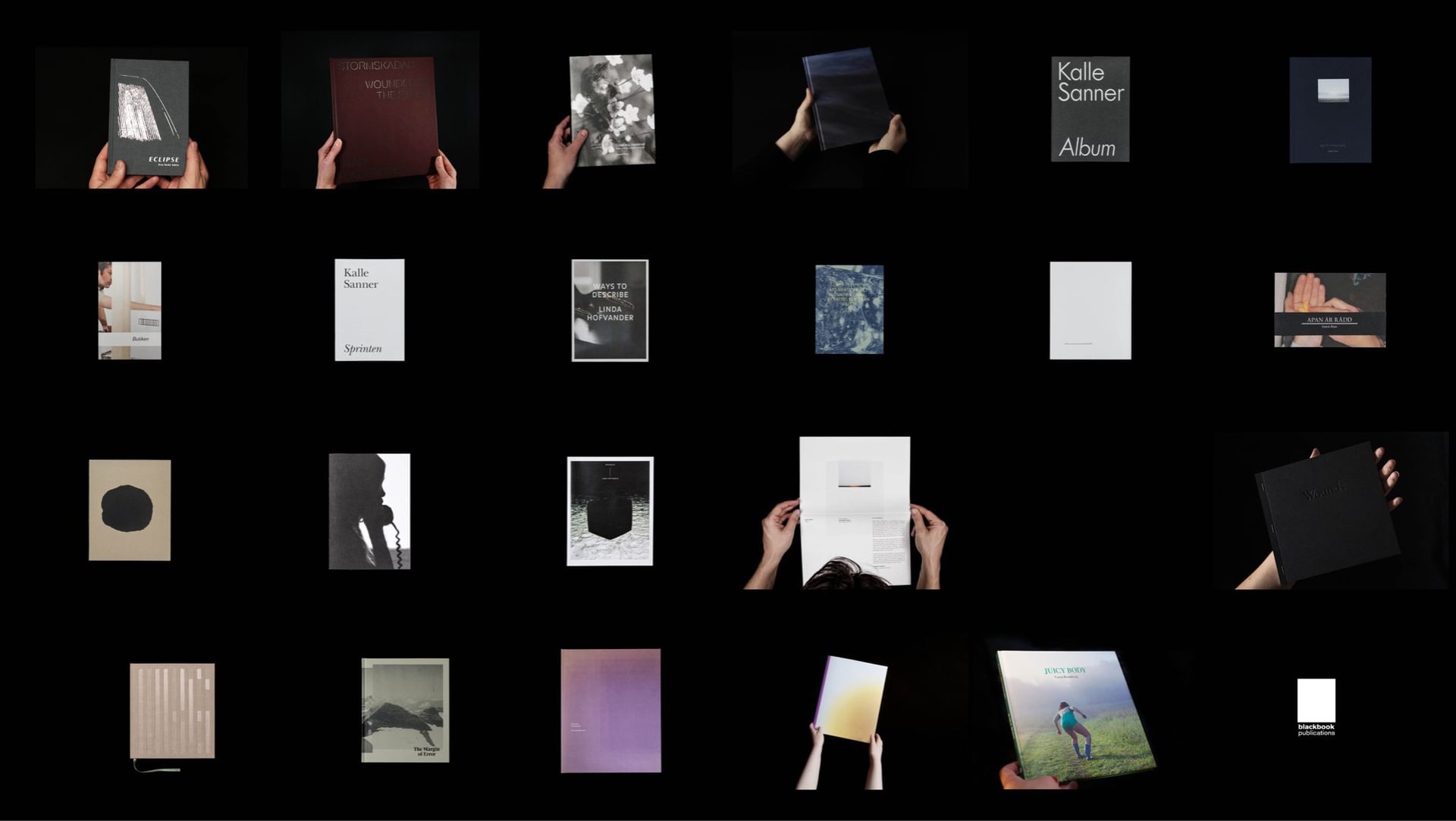
Selection of books produced by Blackbook Publications
Courtesy of Blackbook Publications
What made you first want to start publishing books?
Blackbook Publications started in 2009. By then the prices of printmaking were starting to get cheaper with new digital printing techniques. So it was fairly simple to produce a book in a small edition, with good quality, at a reasonable price.
After we published our first books, thanks to the Internet, it was quite easy to get the word out through different channels online such as blogs and reviews.
Blackbook Publications works as an art collective, so the books within the publishing house are basically self-published. The point of starting up was to share ideas and knowledge, and to build a connection between a group of people in a profession that sometimes can be quite lonesome.
We also do exhibitions together, the last one was at Landskrona Photo Festival in 2022.
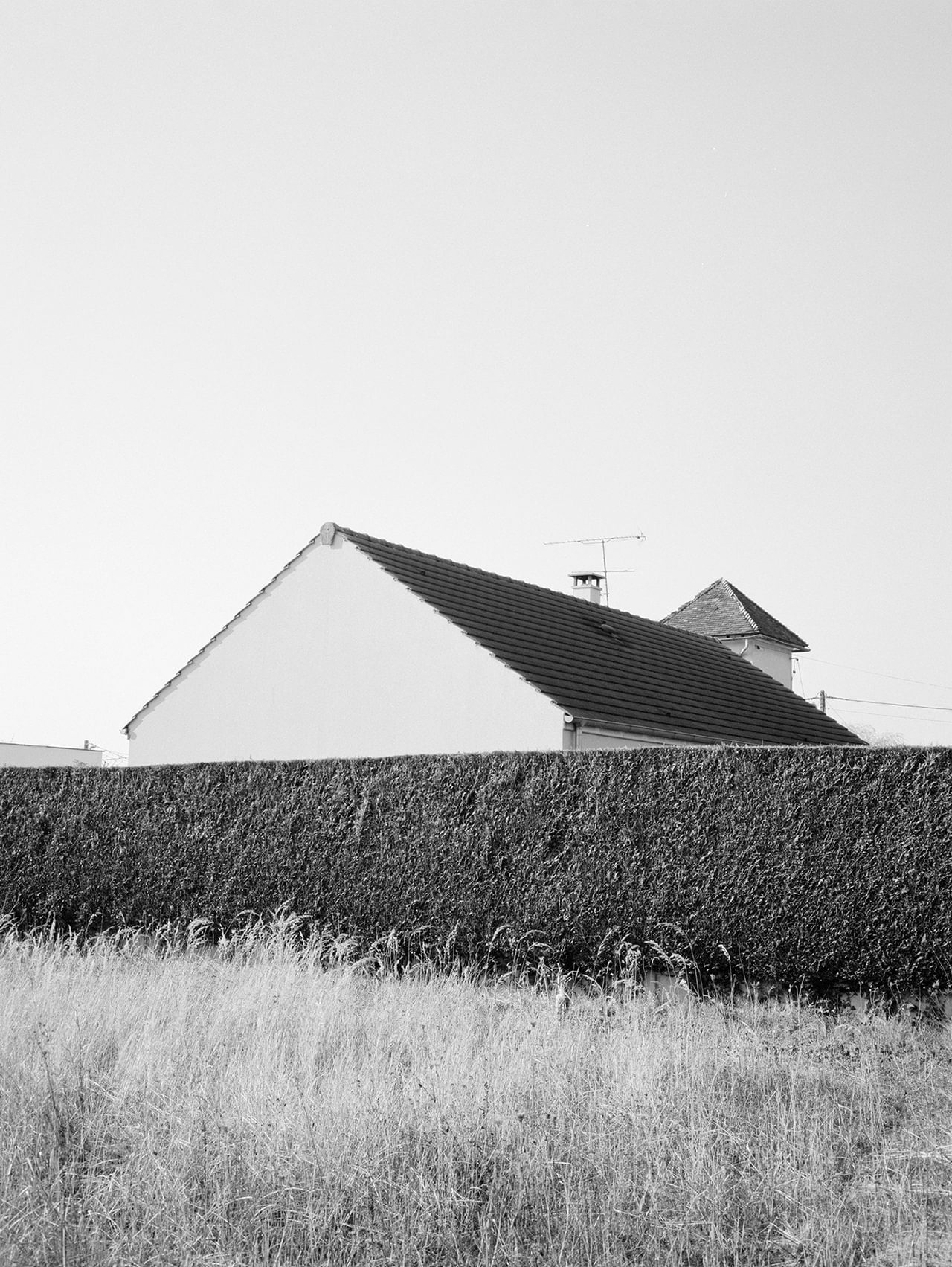
Emanuel Cederqvist, Houses of Grez-sur-Loing
Courtesy of Blackbook Publications
How important are ideas of collecting to the publishing industry?
We do small editions because of limited storage space and the size of the economy that is behind the printing. We don’t know if any of our books have been bought by a collector for the sole reason of being kept as an object that will increase in value over time and pay off in a few years.
Maybe that’s not the only reason for collecting books, but we hope that our books will be read, not gather dust on a shelf. Some of our books have been bought by institutions that collect books and this gives our works the possibility to be displayed, read and seen by many more for a long time.
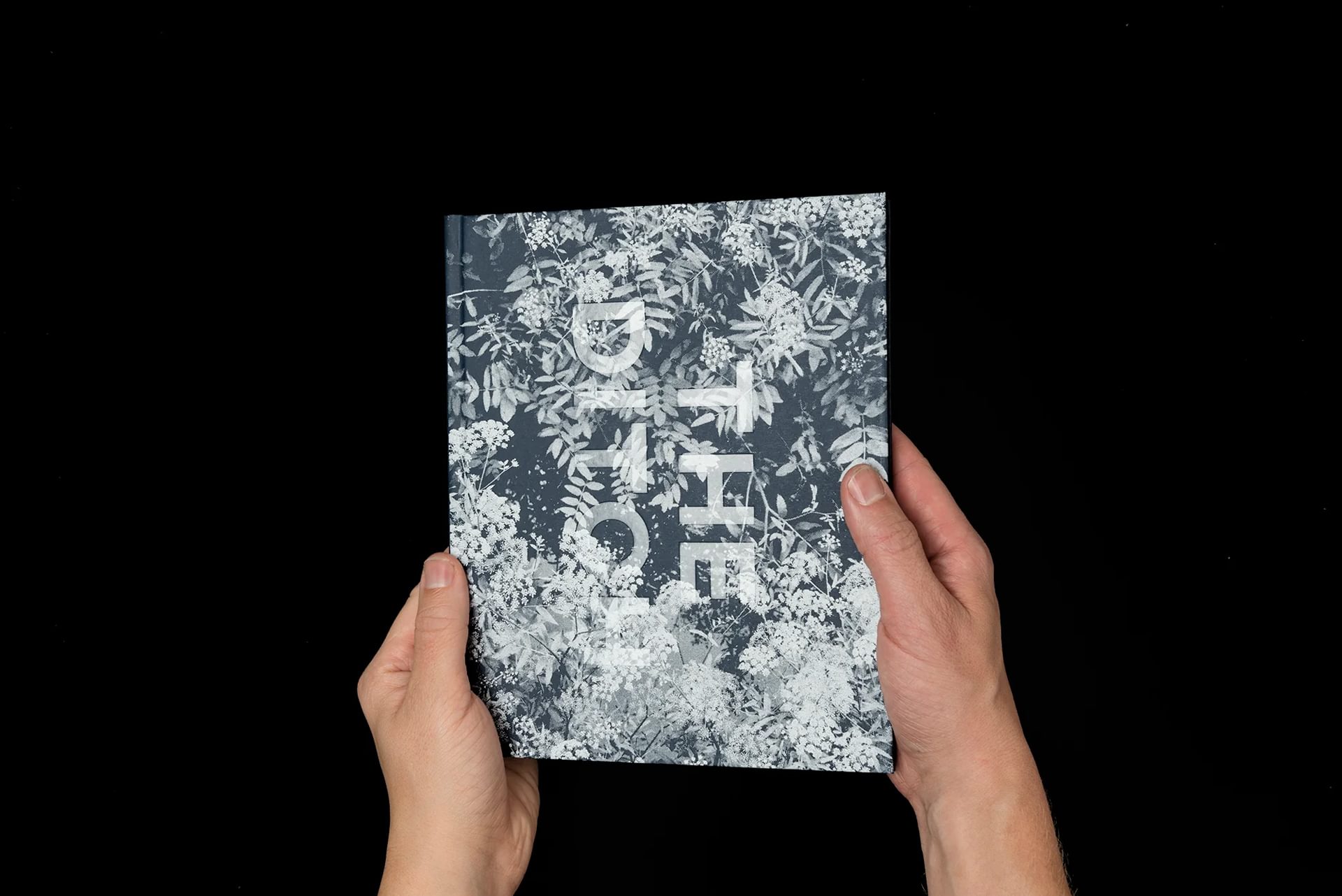
Emanuel Cederqvist, The Ditch
Courtesy of Blackbook Publications
Are all books art objects? When does book making become an art form?
Not all books are works of art. They could be, if placed within an art context.
We think that a book becomes art if the artist/author has a vision and an idea and cares about all the different parts that make the book a book – from the material and the printing techniques to the text and the images and how they interact and correspond with each other. Then the book becomes an art object.
When the author makes a good team with the graphic designer and creates a book that is communicating their story inside and out, then it will be a work of art.
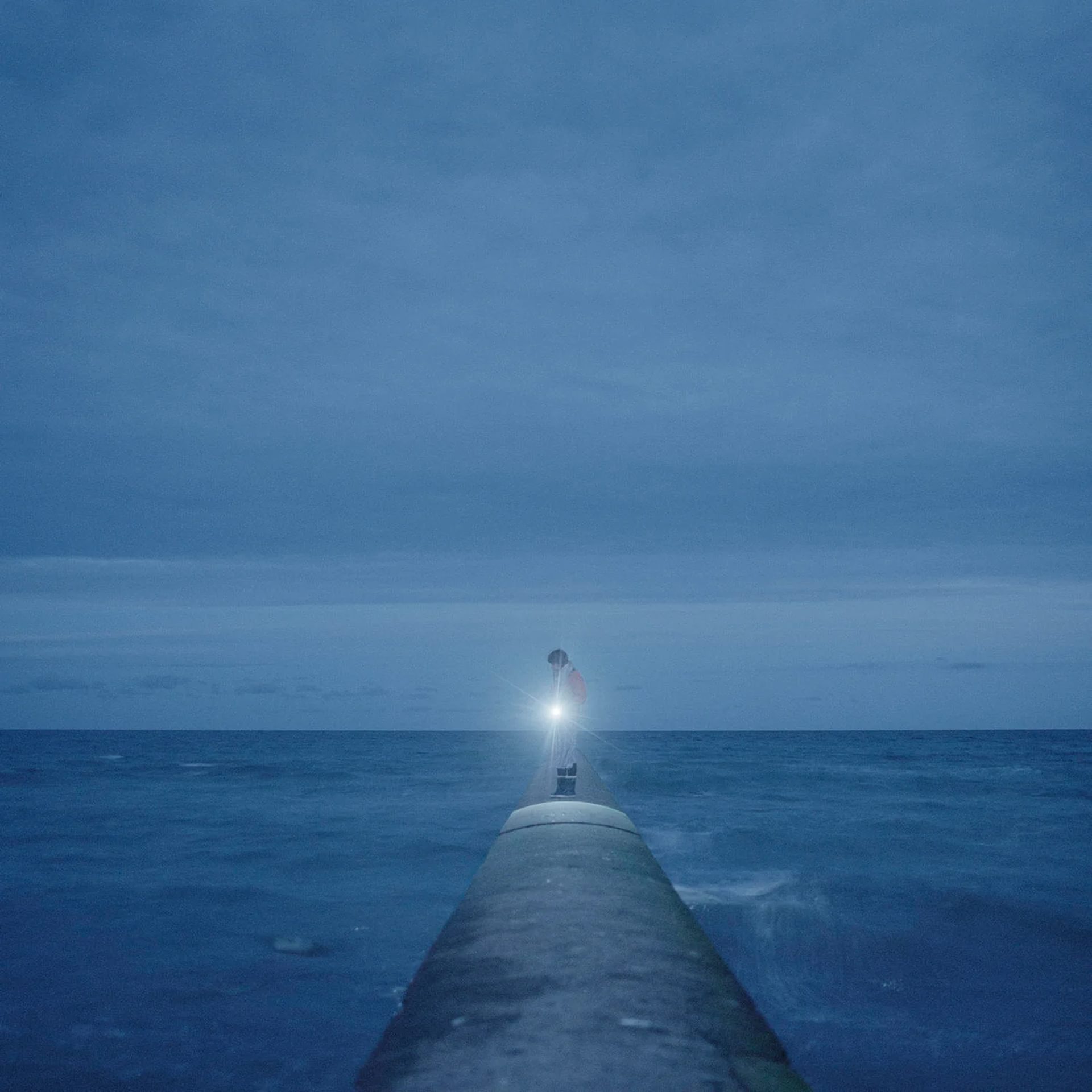
Lotta Törnroth, I wait as a Lighthouse
Courtesy of Blackbook Publications
Do you think that books belong in museums? If so why, if not why not?
It is possible that the book as a format will survive for a longer time than us. Museums work to preserve and keep art in archives.
If we want our art to be able to meet with a new audience in the future, getting it into the museum's collection is a good way to make that happen.
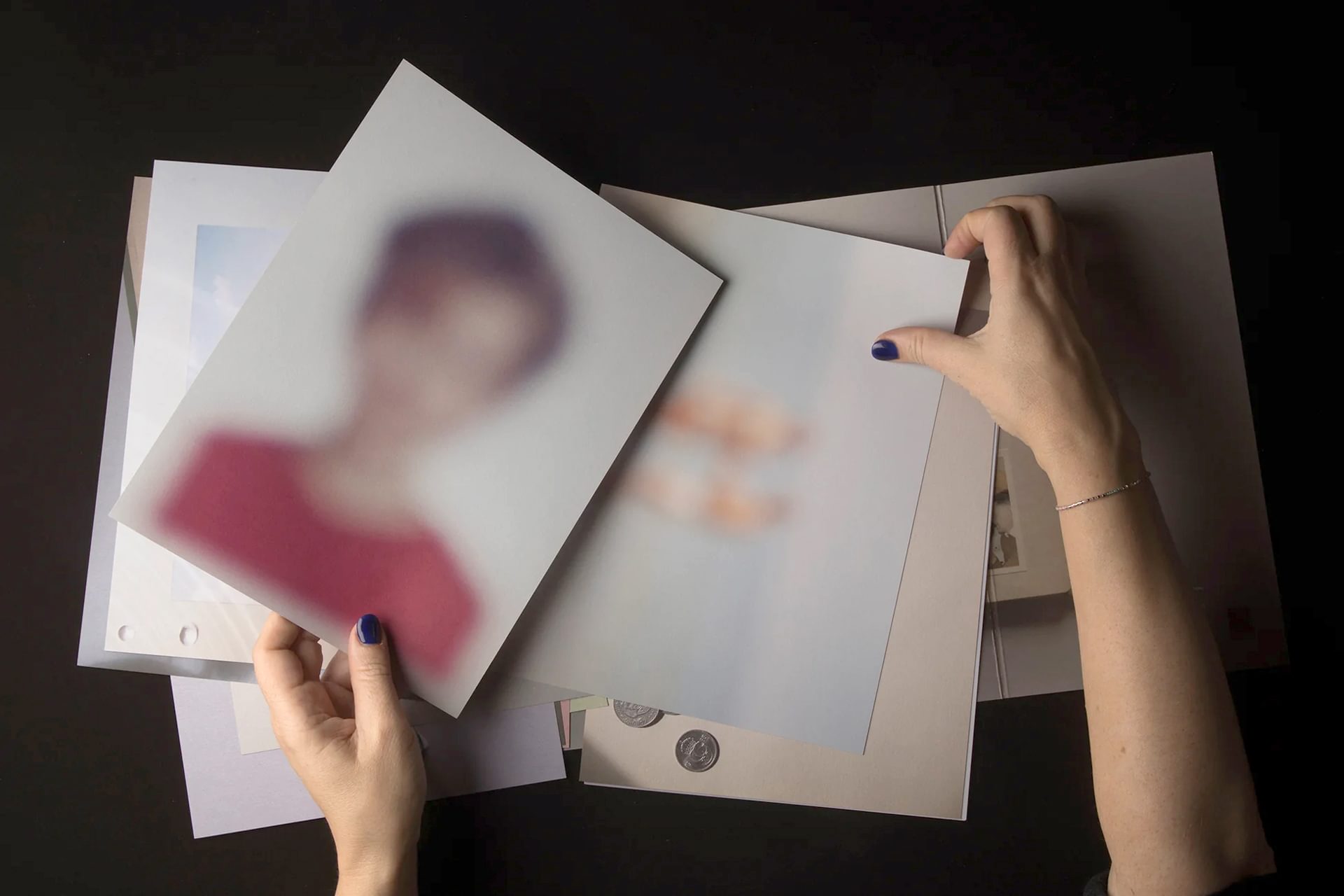
Rikard Laving, The Broken Lens
Courtesy of Blackbook Publications
Have there been particular books that had a big impact on you in terms of the way you approach book-making/publishing?
I think that Roni Horn's book To Place was the first book that really opened up my eyes to the idea of making art into books. It was so liberating to see how she used the format of the book to expand on her journeys during decades of artistic practice.
Collier Shorr, Richard Prince and Ed Ruscha's classic books in the genre of photography have also been important for me, of course.

Kalle Sanner, Lukas/Markus
Courtesy of ll'Editions and Blackbook Publications
Do you collect books? What sort of books interest you most?
Yes I do, and some of us in Blackbook Publications collect more books than others. I am interested in all sorts of books.
But the common factor that makes me keep hold of a book is that it has this overall sense of solid wholeness - that every choice within the book such as paper, layout, binding, size, typography works together.



